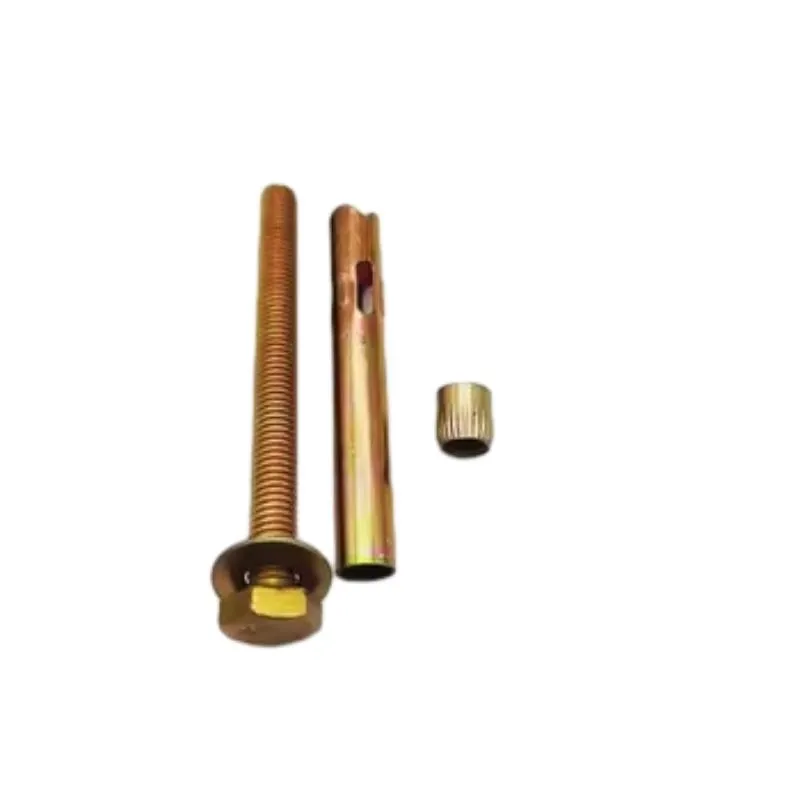Dec . 03, 2024 18:45 Back to list
hex nut stripped
Understanding Hex Nut Stripping Causes, Consequences, and Solutions
In the world of mechanical engineering and construction, hex nuts play a pivotal role in securing components together. These six-sided fasteners are widely used in a plethora of applications due to their strength and reliability. However, a common issue that arises with hex nuts is stripping, which can lead to significant complications in assembly and maintenance. In this article, we will delve into the concept of hex nut stripping, exploring its causes, consequences, and possible solutions.
What is Hex Nut Stripping?
Hex nut stripping occurs when the threads of a nut or the corresponding bolt become damaged, rendering the nut unable to maintain a secure grip. This damage can manifest in various ways, including worn threads, stripped areas, or complete thread failure. Stripping not only compromises the integrity of the connection but can also lead to bolt loosening or failure under load conditions.
Causes of Stripping
Several factors contribute to hex nut stripping, including
1. Over-Torquing One of the most common causes of stripping is over-torquing during installation. When excessive force is applied, particularly beyond the specified torque rating of the nut or bolt, the threads can deform or strip.
2. Material Fatigue Repeated use of a hex nut can lead to fatigue. The repeated stresses that the nut undergoes in service can weaken its threads, making them susceptible to stripping.
3. Dirt and Contaminants The presence of dirt, grime, and other contaminants can hinder the proper seating of the hex nut and bolt. This misalignment can create uneven pressure on the threads, increasing the likelihood of damage.
4. Incompatible Materials Using nuts and bolts made from incompatible materials can lead to decreased resistance to stripping. For instance, pairing a soft nut with a hard bolt can result in the softer threads deforming more easily.
Consequences of Stripped Hex Nuts
hex nut stripped

The consequences of a stripped hex nut can range from minor inconveniences to catastrophic failures
- Joint Loosening A stripped nut cannot maintain the same clamping force, leading to disengagement and joint loosening over time. This can compromise the overall stability of the assembly.
- Increased Maintenance Costs Stripped nuts often require replacement or remediation, resulting in increased downtime and maintenance costs.
- Safety Risks In critical applications, such as in automotive or aerospace industries, a stripped hex nut can pose serious safety risks, potentially leading to accidents and injuries.
Solutions to Prevent Hex Nut Stripping
1. Proper Torque Application It is essential to follow the manufacturer’s torque specifications when fastening hex nuts. Using a calibrated torque wrench can help ensure that the right amount of force is applied.
2. Regular Inspections Conducting routine inspections of fastened joints can help detect early signs of wear or fatigue, allowing for proactive measures to be taken before a failure occurs.
3. Choose Quality Fasteners Investing in high-quality hex nuts and bolts made from durable materials can significantly reduce the risk of stripping due to wear and fatigue.
4. Use Locking Mechanisms Incorporating locking washers or adhesive thread lockers can help maintain tightening under dynamic loads, further preventing potential loosening or stripping.
In conclusion, hex nut stripping is a critical concern in many mechanical applications. Understanding the causes and consequences of this issue is essential for engineers and maintenance professionals. By implementing best practices in fastener selection and installation, the risk of stripping can be minimized, ensuring the long-term stability and safety of mechanical assemblies.


